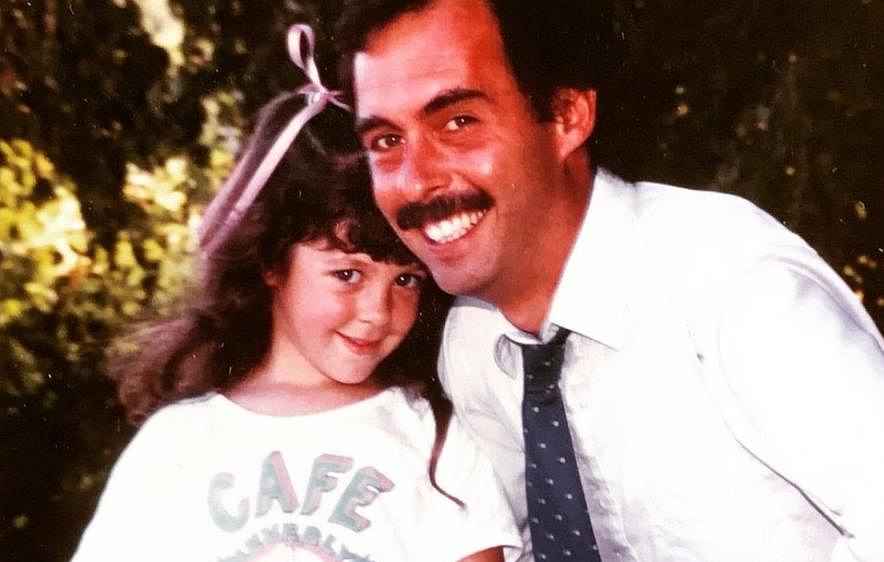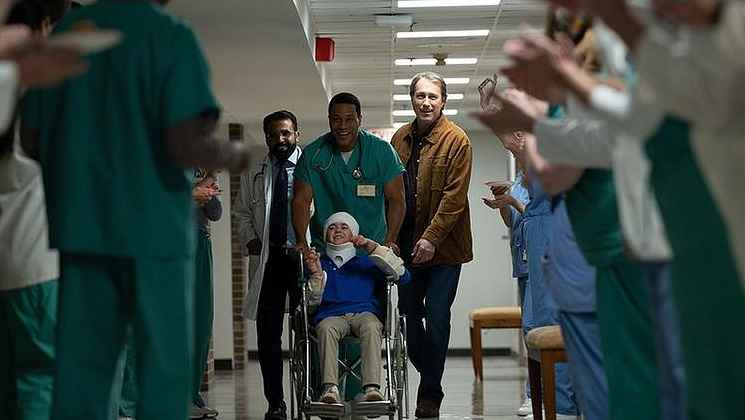






See listing of Recent and Most Popular articles on the Home Page
My World
Category: Education / Topics: Demographics • Education • Hopes & Dreams • Racism and Inequality • Social Movements • Statistics • Trends
Narrowing One Gap
by Stu Johnson
Posted: June 13, 2020
A glimmer of hope at a dark hour…
Demonstrations over George Floyd's death began to turn this week into action aimed at addressing the problems of police brutality and social inequity. Will these produce real change with positive consequences for blacks in partiuclar and all of America as a result, or will there be a rush to do something that may introduce its own set of unintended consequences? Or, will all the emotion and earnest intentions fade away, as it has so often in the past, until the next incident?
By focusing on one tragic, despeciable event, there is a danger that focus on larger social ills may be lost: systemic racism which impacts the way we see each other, largely because of skin color; and inequity, which affects the way we treat each other, regardless of skin color, creed or national origin.
As George Floyd was laid to rest in Houston this past week and our screens are still filled with images of demonstration, protest, and response, an email from the U.S. Census Bureau had an interesting note of encouragement: "Black High School Attainment Nearly on Par with National Average." As the story pointed out, 88% of blacks have a high school diploma, 26% a Bachelor's degree.
No big deal, you say? Nothing to do with the events of the past two weeks? Take a moment to reflect.
While there may be so much yet to do that it seems nothing has been accomplished, those of us old enough can relate to the changes since World War II, when only 7% of Blacks had a high school education. At the same time, the level was only 24% for the nation as a whole. As the Census report states:
About 90% of the U.S. population has graduated high school, a dramatic improvement in educational attainment that began when compulsory education was adopted by every state a century ago.
But the most striking social shift is the shrinking of the high school attainment gap between Blacks and the national average.
College attainment has also increased, though not as dramatically, and the progress of the Black population has been considerable in the context of rising college education overall.
Yes, improvement in raw numbers does not mean equal quality, outcomes or opportunities, but it does show impressive progress. Progress to build upon—made more likely if we see and treat each other as brothers and sisters of the human race.
Read the full report at census.gov
This article was originally posted on Stu's InfoMatters blog.
Search all articles by Stu Johnson
Stu Johnson is principal of Stuart Johnson & Associates, a communications consultancy in Wheaton, Illinois. He is publisher and editor of SeniorLifestyle, writes the InfoMatters blog on his own website and contributes articles for SeniorLifestyle. • Author bio (website*) • E-mail the author (moc.setaicossajs@uts*) • Author's website (personal or primary**)* For web-based email, you may need to copy and paste the address yourself.
** opens in a new tab or window. Close it to return here.
Posted: June 13, 2020 Accessed 705 times
![]() Go to the list of most recent My World Articles
Go to the list of most recent My World Articles
![]() Search My World (You can expand the search to the entire site)
Search My World (You can expand the search to the entire site)
![]() Go to the list of Most Recent and Most Popular Articles across the site (Home Page)
Go to the list of Most Recent and Most Popular Articles across the site (Home Page)
 Loading requested view...
Loading requested view...